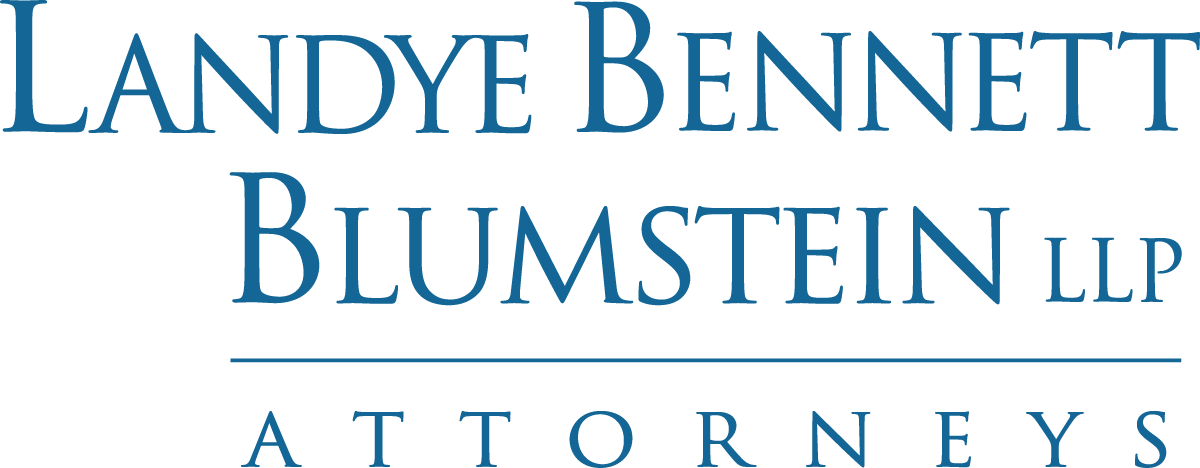The U.S. Small Business Administration (SBA) has issued a long-awaited final rule which modifies the limitations on subcontracting requirements for small businesses. The final rule implements certain provisions of the National Defense Authorization Act of 2013 (NDAA). It was published on May 31, 2016, and became effective on June 30, 2016.
Limitations on Subcontracting
The final rule changes the approach for calculating the limitations on subcontracting from one based on costs to one based on contract value. Prime contractors under small business set-aside contracts must agree that they will not pay more than a certain percentage of the amount they receive from the government to subcontractors. The percentage limits remain the same: 50% for service and supply contracts, 85% for general construction contracts, and 75% for specialty trade construction.
Similarly Situated Subcontractors
The final rule clarifies that work done by “similarly situated entities” is not counted as subcontracted work for purposes of complying with the limitations on subcontracting requirements. In other words, work done by a similarly situated entity subcontractor is counted as work done by the prime contractor for such purposes. A similarly situated entity is defined as a small business subcontractor that is a participant of the same small business program that the prime contractor is a certified participant of and which qualifies the prime contractor to receive the award. The final rule also excludes similarly situated subcontractors from affiliation under the ostensible subcontractor rule.
SBA will apply the limitations on subcontracting collectively to the prime and any similarly situated first tier subcontractor. Work performed by a similarly situated first tier subcontractor will count toward compliance with the applicable limitation on subcontracting; work performed by lower tier subcontractors will count as work performed by non-similarly situated entities.
Applicability
The final rule exempts contracts between $3,500 and $150,000 from the limitation on subcontracting requirements.
Penalties for Non-Compliance
Concerns that violate the limitations on subcontracting are subject to penalties, including, but not limited to, fines that are the greater of $500,000 or the dollar amount spent in excess of the permitted levels for subcontracting.
Additional Provisions
Affiliation: The final rule adopts rebuttable presumptions of affiliation based upon identity of interest. Affiliation is presumed between firms owned and controlled by married couples, parties to a civil union, parents and children, and siblings. Affiliation is also presumed based on economic dependence if a firm derives 70% or more of its revenue from another firm over the previous fiscal year. The final rule clarifies that SBA will not find affiliation between two concerns owned by an Indian Tribe or Alaska Native Corporation (ANC) based solely on the contractual relations of the two concerns. The Small Business Act and SBA’s rules clearly recognize that ANC and Tribally-owned concerns will provide assistance to sister entities, and it does not make sense to find affiliation based on economic dependence among such concerns.
Joint Ventures: SBA removed the restriction on the type of contract for which small businesses may joint venture without being affiliated for size determination purposes. Previously, small businesses could only avoid affiliation for small business procurements that were bundled or large. Under the final rule, a joint venture of two or more small businesses can perform a procurement requirement so long as each concern is small under the size standard corresponding to the NAICS code assigned to the contract.

